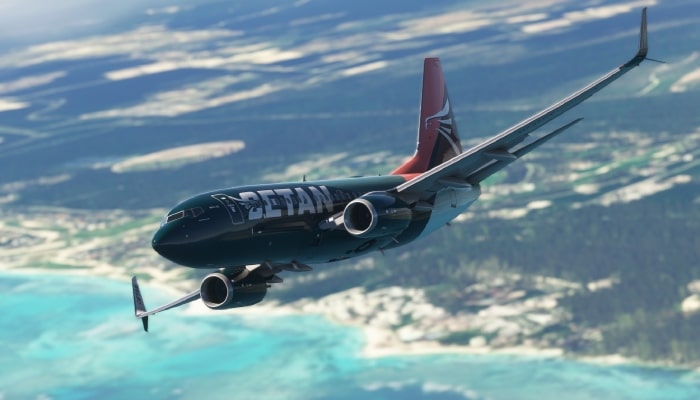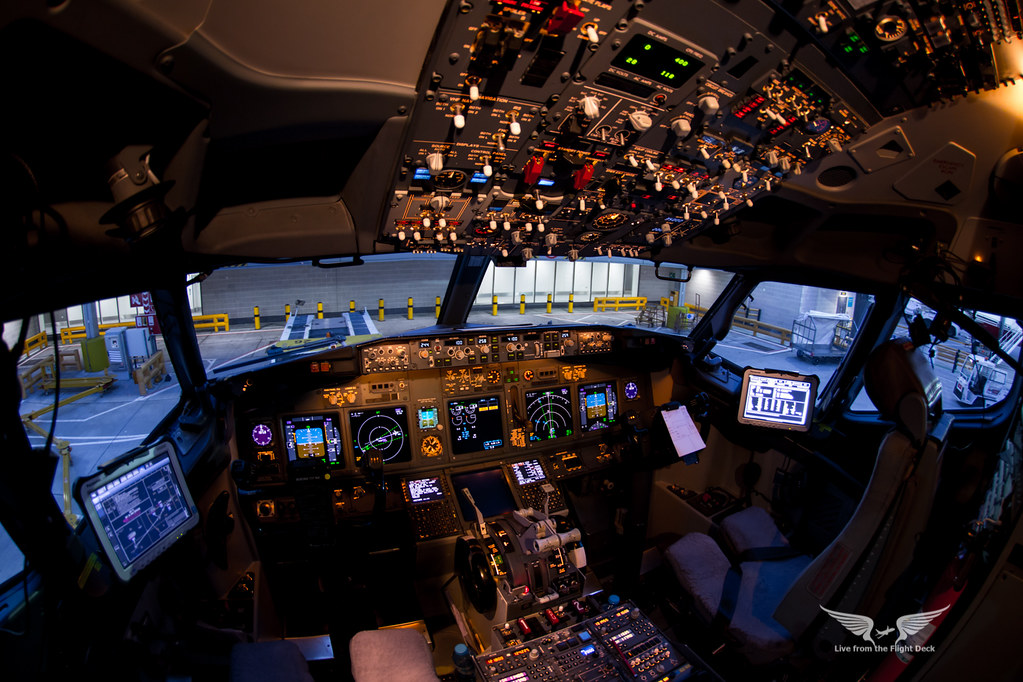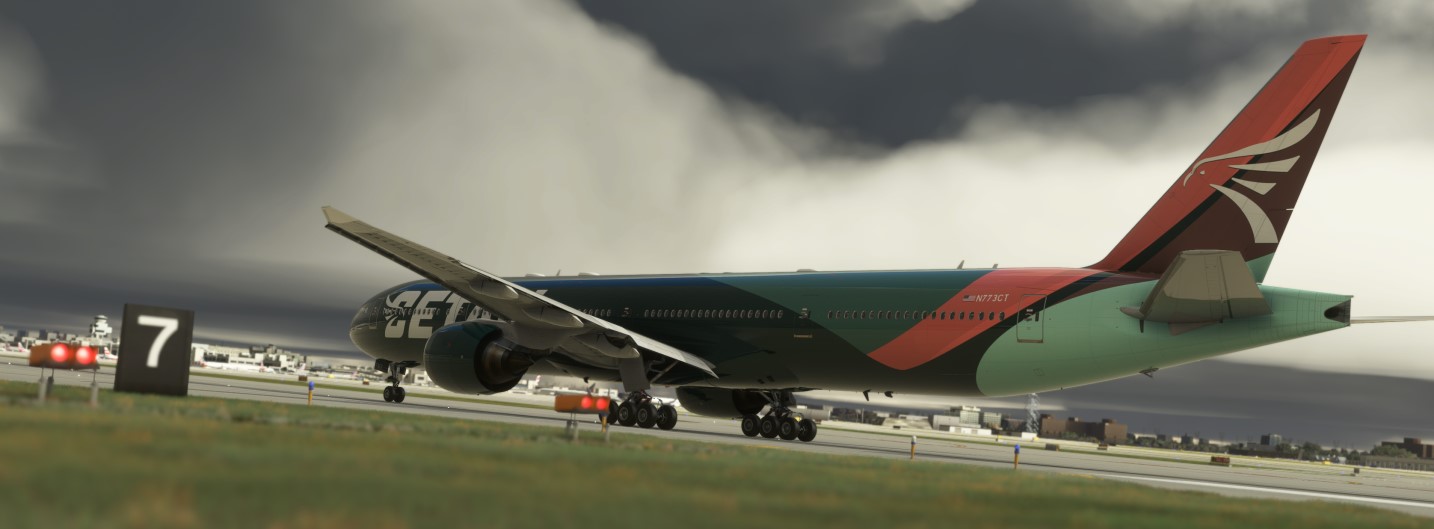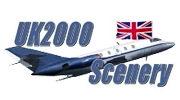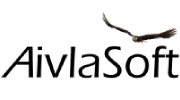Small plane, big ocean
Delivering the latest aircraft to Fly UK Group
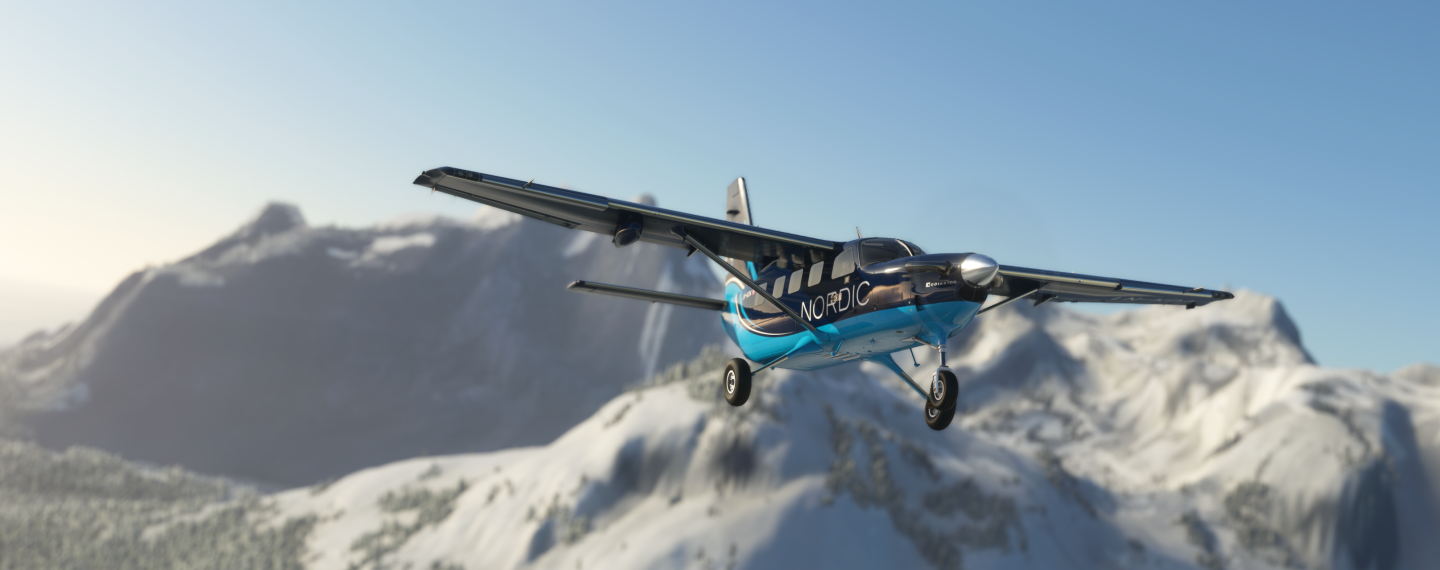
Fly UK Group welcomes its latest fleet type in October 2022 as it takes delivery of the Daher Kodiak 100. Produced in Idaho USA, the delivery of the single-engine unpressurized turboprop presents a challenge and its journey from Sandpoint to Bergen.
We take a look at the challenging world of small aircraft transatlantic ferry flights. To understand the task at hand let's delve into the operational challenges faced in the real world and how you can take this on yourself in the simulator.
History of transatlantic ferry flights
Whilst aviation crossings of the North Atlantic had been made before the 1930s, Aside from early pioneers it wasn't until the late 1930's that airlines started to look at transatlantic routes with flying boats, that all changed with the outbreak of World War II in Europe. The increasing need for Allied countries to ship military aircraft and supplies resulted in the approach of intermediate airfields along the "stepping stone" of the North Atlantic. Using new airfields in Newfoundland, Greenland and Iceland, land-based air routes were developed to transport United States aircraft, soldiers and war supplies between the United States and the United Kingdom.
This route opened in 1942 and continued through the war before turning to civilian use post-war for staging.
The route
Transit across the North Atlantic is one of the most hazardous aviation challenges to be found. Far below the speed and comfort of airliners cruising the North Atlantic Tracks is an inhospitable environment for any small unpressurised aircraft. Delivering single-engine planes at low altitudes across oceans and continents over distances these aircraft were not designed to fly, sometimes in extreme weather conditions, is not for the faint-hearted. Things can and do go wrong.
Airfields synonymous with the route from the war are still in use today such as Gander, Goose bay, Reykjavik and Prestwick but other civilian airfields have joined the mix, the route is similar but options can exist for pilots taking on the challenge.
Funnelling in from Europe and North America the critical oceanic phase is roughly the same regardless of direction. Key plots on the map are normally North East Canada with a 500-mile stretch to/from Greenland across the Labrador Sea. The Greenland and Iceland link features inhospitable terrain and the North Atlantic and Iceland link with North Scotland or the Faroe Islands depending on the route beyond.
Aircraft range will take ultimate consideration but also pilot endurance is a factor, low and slow flying on such expeditions is a demanding task.
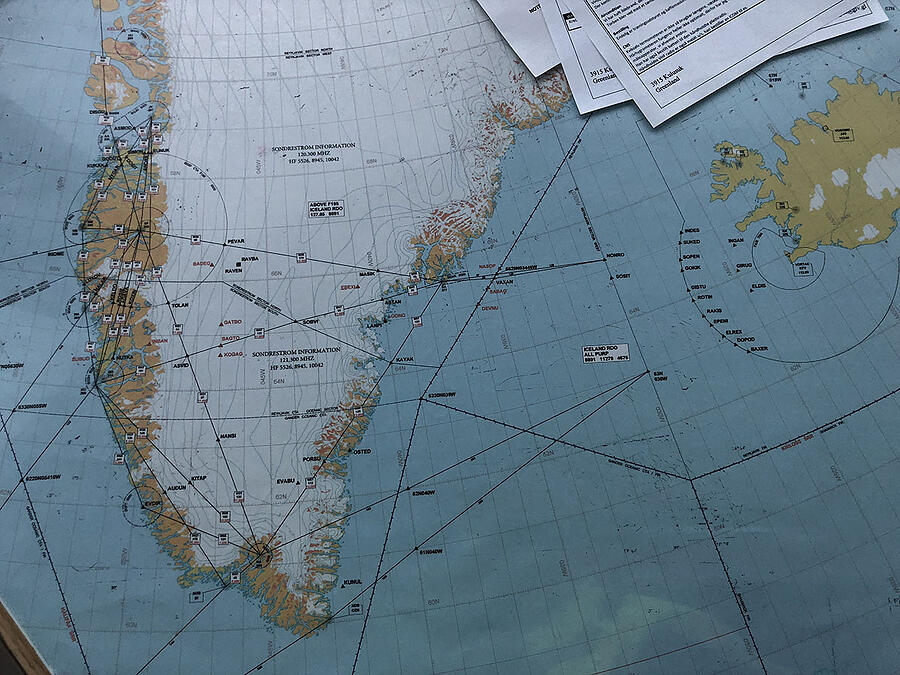
Preparations
Flying from the comfort of your gaming or armchair is nothing compared to doing this in real life. An industry of highly skilled and experienced pilots do this as a day job, some may say the ultimate "real" flying job. These pilots will likely tell you that the key to a safe and trouble-free crossing largely depends on pre-flight planning and route preparation. Beyond that, extra emergency equipment, and oxygen systems are essential. Flying with survival suits is cumbersome but should you have to ditch in cold Atlantic water, you'd have around 15 minutes before hypothermia sets in and 45 minutes for survival, a survival suit can extend that up to 6 hours, enough time for help to "hopefully" arrive.
In real life, this journey will take around a week to complete logistics, refuelling, rest stops, accommodation and food/water all require meticulous planning.
For more detail on what goes into this kind of operation, try this 5 part video from Matt Guthmiller.
For the history buffs, there is also a great series from the same producer bringing a DC3 to Europe owned by PMDG's Robert Randazzo.
Delivering the Fly UK Kodiak - Replicating the challenge in simulation
Many sim pilots have taken on the challenge of trans-Atlantic small prop flights, the preparation is no less critical, especially with live weather, but the ability to put the kettle on makes life far more pleasant. Fly UK members will be able to attempt this during all of October. For those unable to complete or commit the time, you can try out our Atlantic Crossing tour which goes in the opposite direction.
Let's start by looking at the aircraft. The Daher Kodiak 100 Series 3 aircraft is a 10-seat high wing single-engine turboprop with STOL capabilities. Introduced in 2021 the series 3 features modern Garmin avionics along with autopilot, synthetic vision and weather radar.
Specifications
Crew: 1
Capacity: 9 passengers
Length: 34 ft 2 in (10.41 m)
Wingspan: 45 ft 0 in (13.72 m)
Height: 15 ft 3 in (4.65 m)
Wing area: 240 sq ft (22 m2)
Empty weight: 3,770 lb (1,710 kg)
Max takeoff weight: 7,255 lb (3,291 kg)
Powerplant: 1 × Pratt & Whitney Canada PT6A-34 turboprop, 750 shp (560 kW) takeoff power (700 shp (520 kW) continuous)
Propellers: 4-bladed Constant speed, feathering, reversible, 8 ft 0 in (2.44 m) diameter
Performance
Cruise speed: 211 mph (339 km/h, 183 kn)
Stall speed: 69 mph (110 km/h, 60 kn) (flaps down)
Range: 1,303 mi (2,096 km, 1,132 nmi)
Service ceiling: 25,000 ft (7,600 m)
Rate of climb: 1,371 ft/min (6.96 m/s)
Take-off distance: 934 ft (285 m)
Landing roll: 705 ft (215 m)
The Kodiak is produced at Sandpoint Airfield Idaho in the northwest USA, it's here that we'll start this journey. In reality, the ferry flight could probably be done in much longer legs but we appreciate that our members might not want to sit at the virtual flight deck for an extended period of time so we have two routes available. The full route for the brave takes you across Glacier National Park before crossing into Canada through Alberta and Saskatchewan before entering the more remote areas of Manitoba. Stop in Churchill before crossing Hudson bay and a final Canadian stop in remote Iqaluit. Then the riskiest but most rewarding legs to Nuuk, across Greenland and to Iceland.
An alternate route is also available with a similar path but additional stops for a shorter sector time.
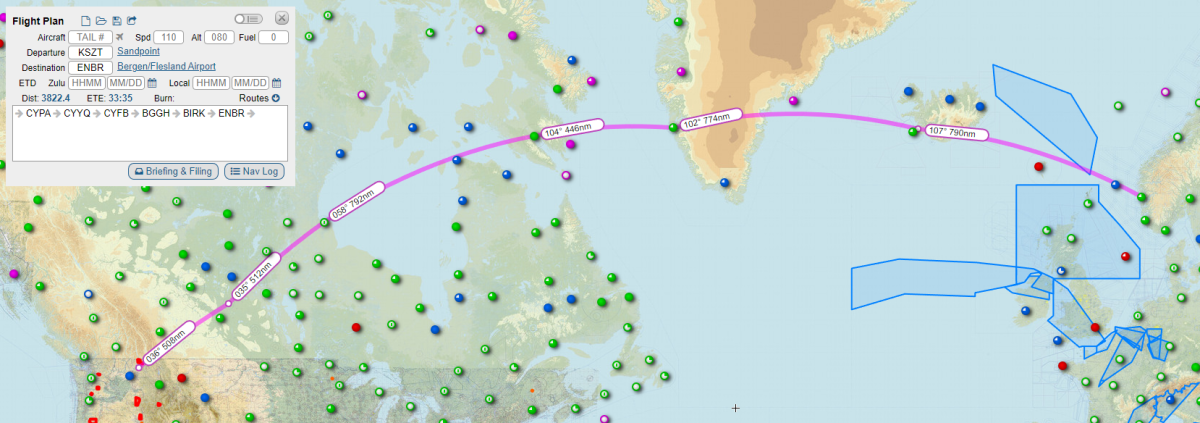
These flights are only available during October 2022 and are a very unique and different challenge, we look forward to the stories and reports back from those that take the challenge on.
References
BBC - The pilots who risk their lives flying tiny planes over the Atlantic
Wikipedia - North Atlantic Ferry
Wikipedia - Transatlantic flight
OSM Aviation - https://www.osmaviationacademy.com/blog/ferry-flight-part-3-greenland
Comments
This is a community-moderated forum.
All post are the individual views of the respective commenter and are not the expressed views of Fly UK Virtual Airways.
By posting your comments you agree to accept our Terms & Conditions.





